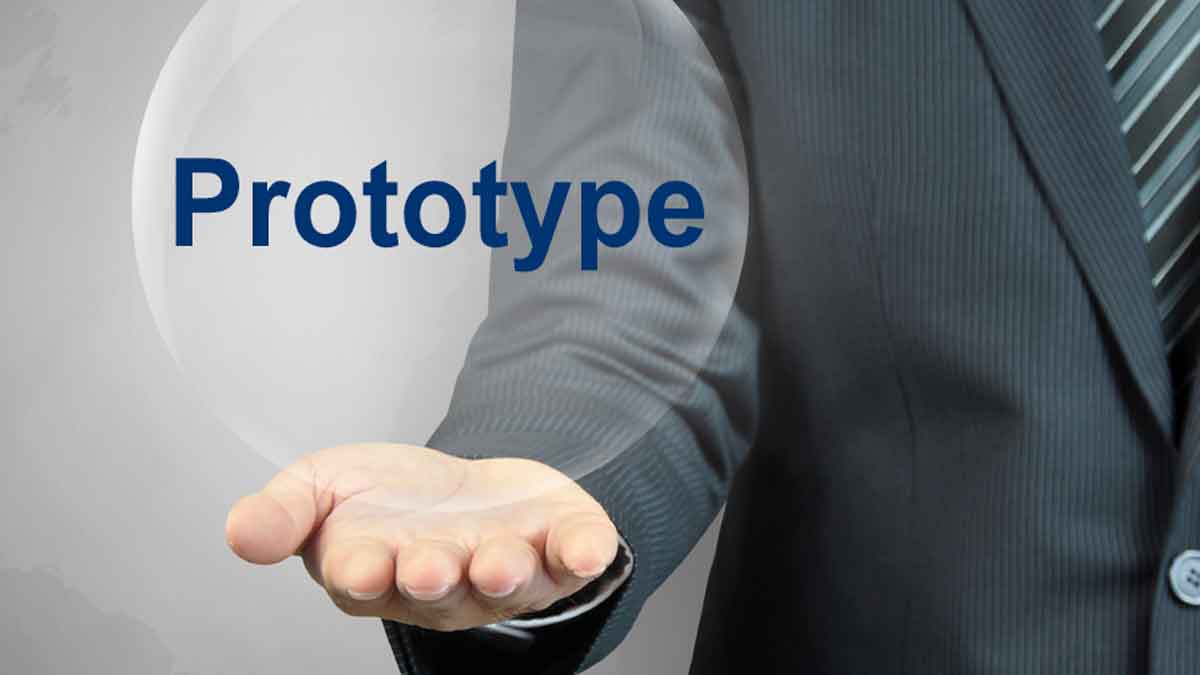If you bring a prototype to a customer, this is “concept testing”… which is different than voice of the customer research. Prototypes are fine later in the process, but for many companies this is their first discussion with customers. B2B concept testing should occur after front-end voice-of-customer interviews. If you start with concept testing, you’ll incur confirmation bias, less-engaged customers, and the false impression you’ve acted in a customer-centric fashion. See 2-minute video, Stop leading with your solutions.
More in article, Don’t Confuse Concept Testing With VoC
Qualitative customer interviews let you move from ‘guessing’ to ‘understanding’ customer needs. But proper quantitative interviews provide the insight you need to ‘model’ customer needs. This means you can design your new product with confidence… know how to make intelligent tradeoffs… and even understand how customers will react to your product without seeing a prototype. This works only for B2B and will someday be a common practice. But it’s uncommon today… and a profound competitive advantage.
See how in the article, B2B Customer Needs: Predict the customer’s experience with modeling.
If you ask B2B customers the right questions, you can replicate their experience within your operation. Learn which outcomes they care about, which test methods simulate those outcomes, and how much satisfaction would be delivered by any test result. Do this properly and you’ll know how they’ll react before they react.
More in white paper, Catch the Innovation Wave (page 11).
Lean Startup methodology refers to “Leap of Faith Assumptions,” and recommends testing assumptions with customers at the first opportunity. For B2B, this “first opportunity” to learn comes before a prototype is created… through VOC interviews to mine the foresight of knowledgeable customers. Don’t miss this B2B adjustment to Lean Startup.
Read more in this white paper, Lean Startup for B2B (page 6).




